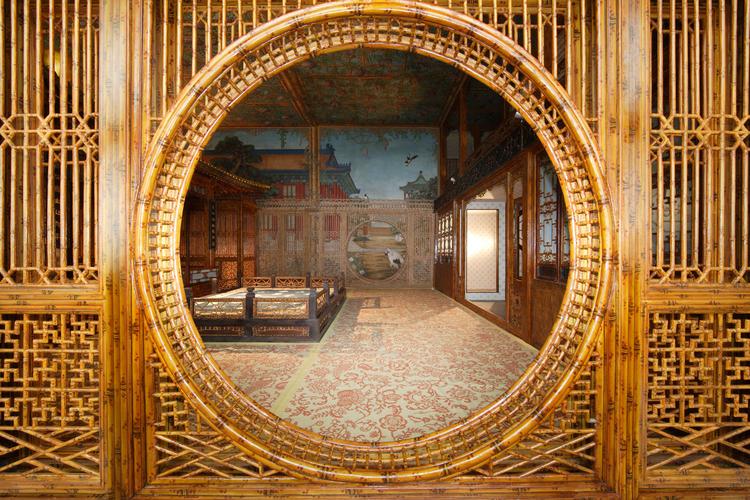
Restoration of the Imperial Garden in the Qing Dynasty
Introduction
The Imperial Garden, located within the Forbidden City in Beijing, served as a private retreat for the emperors and their consorts during the Qing dynasty. Throughout its history, the garden underwent numerous renovations and restorations, reflecting the changing tastes and needs of its imperial residents. This essay delves into the significance, intricacies, and historical context of these restorations, shedding light on their impact on the garden's evolution.
Significance of Restoration
The restoration of the Imperial Garden held multifaceted significance for the Qing dynasty:
- Maintaining Imperial Splendor: As a symbol of imperial authority and grandeur, the garden's upkeep was paramount. Restorations ensured its continued magnificence, reflecting the dynasty's power and prestige.
- Preserving Cultural Heritage: The garden housed numerous architectural marvels and artistic treasures, representing the culmination of Chinese craftsmanship. Restorations played a crucial role in preserving this rich cultural heritage for posterity.
- Catering to Imperial Tastes: Each Qing emperor had unique preferences and aesthetic sensibilities. Restorations provided an opportunity to modify the garden's layout, design, and plantings to align with the reigning emperor's vision.
Intricacies of the Restoration Process
Restoring the Imperial Garden was a complex undertaking, involving a meticulous and multi-layered process:
- Imperial Supervision: The emperor himself often took a keen interest in the restoration projects, dictating specific modifications and approving designs.
- Skilled Craftsmen: A dedicated team of highly skilled artisans, including architects, carpenters, masons, and gardeners, were commissioned for their expertise in traditional Chinese construction and landscaping techniques.
- High-Quality Materials: The finest materials, often sourced from various parts of the empire, were used in the restoration. This included rare woods, precious stones, and exquisite decorative elements.
- Adherence to Feng Shui: The principles of Feng Shui, the ancient Chinese practice of harmonizing environments, played a significant role in guiding the layout and design of the garden during restoration.
Historical Context and Examples
Throughout the Qing dynasty, several major restorations significantly impacted the Imperial Garden:
- Kangxi Emperor's Reign (1661-1722): This period saw extensive renovations, with the addition of new pavilions, rockeries, and water features, enhancing the garden's scenic beauty.
- Qianlong Emperor's Reign (1735-1796): Known for his extravagant taste, the Qianlong Emperor commissioned numerous additions, including the elaborate "Thirty-Six Scenes" and the "Studio of Exhaustion from Diligent Service," transforming the garden into a microcosm of Chinese landscapes.
- Late Qing Dynasty: While financial constraints limited large-scale restorations, efforts were made to maintain the garden's essential structures and features.
Conclusion
The restoration of the Imperial Garden during the Qing dynasty was not merely about preserving physical structures; it represented the continuity of imperial power, the appreciation of cultural legacy, and the evolving aesthetic sensibilities of China's rulers. These meticulously executed restorations ensured that the garden remained a vibrant testament to the grandeur and artistic brilliance of the Qing dynasty, leaving behind a legacy that continues to captivate visitors to this day.
Q&A
- Q: What was the primary purpose of restoring the Imperial Garden?
- A: The primary purposes were to maintain the imperial splendor of the dynasty, preserve its rich cultural heritage, and cater to the unique tastes of each reigning emperor.
- Q: Who were the key figures involved in the restoration process?
- A: Key figures included the emperor himself, skilled artisans like architects and craftsmen, and individuals knowledgeable in Feng Shui principles.
- Q: How did the restorations during the Qianlong Emperor's reign differ from those of other periods?
- A: The Qianlong Emperor's restorations were known for their extravagance and grandeur, adding elaborate features like the "Thirty-Six Scenes" that significantly transformed the garden's landscape.